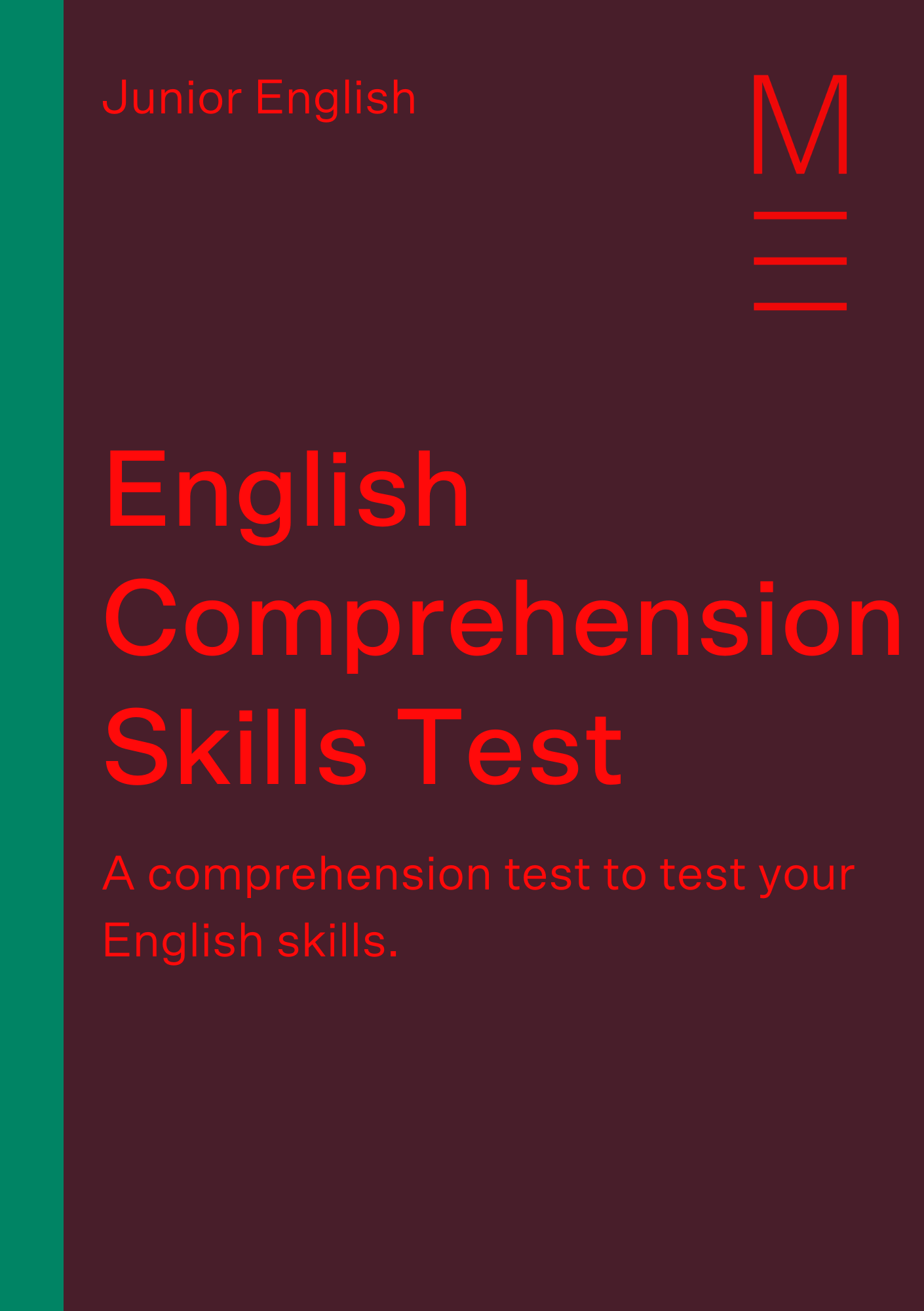Welcome to Matrix Education
To ensure we are showing you the most relevant content, please select your location below.
Select a year to see courses
Learn online or on-campus during the term or school holidays
Learn online or on-campus during the term or school holidays
Learn online or on-campus during the term or school holidays
Learn online or on-campus during the term or school holidays
Learn online or on-campus during the term or school holidays
Learn online or on-campus during the term or school holidays
Learn online or on-campus during the term or school holidays
Get HSC Trial exam ready in just a week
Get HSC exam ready in just a week
Select a year to see available courses
Science guides to help you get ahead
Science guides to help you get ahead

In this article, we will discuss what Year 7 & 8 English students need to know to do well in their first Years of High School.
Stage four ( the technical name for Years & and 8) has a significant jump up in expectations and outcomes compared to previous years. This is especially true of the knowledge students are expected to possess, accrue, and demonstrate in their studies of English.
Let’s take a look at what you need to know and how to help you improve your knowledge.
Test and improve your reading and thinking skills with this practice test - answers included! Fill out your details below to get this resource emailed to you. "*" indicates required fields
Download your free English Comprehension Skills test

Download your free English Comprehension Skills test
English is a very challenging subject in that it requires students to accrue a substantial amount of knowledge over short spaces of time.
As a discipline, English is unique in high school in that it brings together language skills, argumentation, historical knowledge, current affairs, critical thinking, and textual analysis to try and unpack and discuss texts.
Year 7 & 8 are especially challenging for students as they progress to writing long-form responses, giving more detailed presentations, and reading and analysing harder texts.
English knowledge refers to the various pieces of information that students need to know.
This includes:
In English, students need to read texts and form interpretations of them and communicate those ideas to others. To do this, they need to bring together a whole host of different pieces of knowledge along with critical thinking, interpretive, and argumentative skills.
If students do not have the correct knowledge they will struggle with different aspects of reading, writing, or composing.
To help you get a better sense of what students need to know, let’s break these things down in greater detail.
Vocabulary refers to the body of words used in any language. It is often argued that English has the largest number of words in comparison to most other languages. This means that English students face a unique challenge in learning vocabulary.
However, the vast breadth of English vocabulary offers students a myriad of ways to express themselves.
As students encounter more complex and sophisticated ideas, they need a wider range of words to understand and discuss them.
In addition, a key skill for speakers of any language to employ is inference.
What is inference?
Say you hear a word in a sentence and don’t recognise it. How do you tell what that word means?
Well, first you’ll apply your knowledge of similiar sounding words to try and figure it out.
Then, you’ll apply your knowledge and awareness of the words surrounding it in a sentence to use context work out what the mystery word might mean. This is an impressive feat of logical deduction that we all do on a daily basis, often without realising it.
For example when a word has multiple definitions and both a noun and verb form (for example, “fish”), we’ll use inference to figure out whether it is being used as a verb (“Let’s fish!”) or noun (I caught a fish and put it back.”) and what is being meant by how it is used.
An extensive vocabulary – and understanding of that vocabulary – is the most crucial knowledge for this.
Many words in English are homonyms. They might share the same sound or spelling but have different meanings or be different parts of speech.
In addition, some words may be spelled the same way but can be used as a verb, noun, or adjective.
For example, consider “spring”:
As you can see, Speakers of English need to be aware of these different meanings to be able to infer what is meant by a sentence.
Complicating things, we can make verbs into adjectives by adding -ing or -ed. For example, “surprise“:
These are called participles. The present participle takes -ing. The past participle takes -ed.
Finally, different words can have connotations. They can share a similar meaning but possess a different connotation – that is the feelings associated with it.
For example, “skinny”, “thin”, “lanky”, “slender”, and “gaunt” all are synonymous with each other. But they also have very specific connotations. Slender has a culturally positive connotation but gaunt does not.
English speakers need to be aware of the emotional content of words. This is often defined by social usage.
There are a couple of different things you can do to help your child grow their vocabulary.
Read
First and foremost is reading regularly! The more a child reads, the more they will encounter more and more words.
Reading the same texts and as your child and discussing them with your child will help grow their vocabulary.
Word Games
Playing word games together like Scrabble, find-a-words, or crosswords will help grow their vocabulary.
Quizzes and discussions
Having discussions about what words mean, especially those with many senses and forms is a great way to increase knowledge.
Similarly, having spelling quizzes at home can be a good way of helping them consolidate their knowledge.
If you want more ideas for vocabulary exercises, read our article: 7 reasons to Boost your Child’s Vocabulary.
In any language, grammar is the set of rules that tell us how a language should work and how particular parts of that language should be used.
Grammar governs things like
Syntax is a part of grammar and refers to the rules for what should go where in a sentence.
For example, in a simple sentence, the rules of syntax tell us that the subject comes before the verb which comes before the object.
For example, in the sentence “the girl threw the ball”:
There are many different rules of grammar and syntax in English. In addition, there are many exceptions, too.
In Years 7 & 8, you need to consolidate your skills and start producing more complex sentences without grammatical errors.
Matrix students get regular quizzes on spelling and grammar in their classes. But if you want to know more about the rules around these things you should read our English Grammar Toolkit.
In addition, we have the following blog post that discuss Grammar for Year 7 and 8 students:
Now let’s consider the various techniques that students need to know.
When writers, playwrights, directors, and visual artists produce texts they use an array of different figurative techniques to convey meaning.
If students want to analyse texts successfully and understand the composer’s meaning, they need to recognise these techniques and understand what these techniques do.
In the study of English, the terms device and technique are often used interchangeably. They are usually used to refer to the tools, such as metaphors in writing, close-ups in visual art, or shot types in film, that composers use to create and convey meaning.
When you analyse texts, you need to be able to understand how a composer is conveying a certain idea.
Students then need to be able to explain, in their responses, how this techinque is creating meaning in the work they are studying.
Conversely, when you write, they need to be able to express complex ideas in compelling ways. Literary techniques are an ideal way to do this.
For example, if a composer wanted to convey the huge scale of a dog they could say “The dog lumbered like a giant.” Here the writer has used a simile to liken a dog to a large mythical creature, implying that the dog is huge, too.
As students progress through high school, they will become familiar with an ever-increasing array of techniques covering different mediums. These include:
Now that we’ve looked at some of the building blocks of texts, we shall look at the different types of texts that you will encounter and need to learn about.
We use the term “medium of production” to describe different text types. That is, the medium that is used to produce them.
Students need to know about the different mediums of production because they have different uses and conventions dictating how they are used.
Sometimes composers use a specific medium of production to utilise its conventions. Other times, composers might use a medium of production in order to subvert the expectations around its conventions.
For example, film originally came with the expectation that what viewers were shown on screen had actually happened. However, film-makers often create films with twists where audiences learn that what they’ve been watching isn’t true. Some of Alfred Hitchcock’s films, like Vertigo, are examples of this.
The different mediums of production come in different textual forms and genres. Let’s take a look at what this means and they are.
Textual form refers to the conventions specific to a particular type of text. These conventions often signal what the content will be.
Textual form also refers to its perspective.
Let’s take a look at the common textual forms.
Let’s begin by looking at the common forms of print texts.
Prose, that is literature that is not poetry or drama comes in a variety of forms.

Visual texts can have a variety of forms
As you can see, there are a wide variety of forms texts can take. To complicate matters, these texts can also be in a wide array of genres. Let’s take a look at some
Genre is the term we use to describe the category or style of a text.
Genres come with specific audience expectations and conventions that develop meaning.
To understand the specific meaning of a piece of art and the circumstances surrounding its creation we also need to know its context.
Context is information about the circumstances surrounding the creation of a piece of art. Because of this, context is often quite complex and requires a lot of research.
In Years 7 & 8, students will only need a broad understanding of context. However, as they get further into high school, they will need more detailed knowledge of context.
Broadly speaking, context is anything that surrounds the production of a text.
Context can include:
Context is complicated, but it is quite important in trying to understand a composer’s purpose or inspiration.
For example, we don’t know much about Shakespeare. He didn’t leave many biographical traces and his early life is nearly unknown. But our knowledge of the Elizabethan period and the politics of the time can help us deduce some of the things that motivated him to write some plays.
It would be impossible to learn about every context that has ever existed. This would require a knowledge of absolutely everything!
Students in Years 7 & 8 should learn about key historical contexts, though. You won’t need to know specific details about historical figures and events (although that would not hurt).
Having a broad understanding of periods and the rough dates and important figures is something you will need to develop to understand your texts.
Historical periods and artistic movements Year 7 & 8 students should be broadly familiar with are:
As students progress through high school, they will encounter more complex contextual ideas and periods such as Modernism and Postmodernism that are connected to the contexts above.
There’s quite a lot you need to take in as a student of Years 7 & 8. You don’t need to learn this all at once. But you should make a persistent effort to learn about grammar, acquire a larger vocabulary, learn about contexts, and familiarise yourself with different text types.
The best way to do this is read widely!
Set yourself time each week to read a book. Try to alternate what you read. Read a mix of fiction and non-fiction. And make sure you read fiction from different contexts.
As you are reading a new text, do a little bit of reading up on its context. Make sure you make some notes so that get the information to stick. The more you learn now, the easier it will be to develop this broad knowledge into detailed and specific learning!
© Matrix Education and www.matrix.edu.au, 2025. Unauthorised use and/or duplication of this material without express and written permission from this site’s author and/or owner is strictly prohibited. Excerpts and links may be used, provided that full and clear credit is given to Matrix Education and www.matrix.edu.au with appropriate and specific direction to the original content.